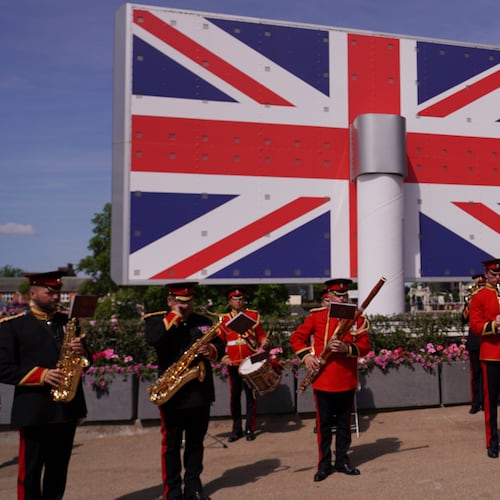“I required but a moment to fathom the meaning of the deathlike silence, and then our skirmishers moved forward.”
A Federal soldier described the eerie moment he and his Ohio regiment entered Savannah. There was no resistance. The enemy was gone.
The Confederates had evacuated the city Dec. 20, when Lt. Gen. William Hardee chose to preserve his army rather than risk capture trying to hold Savannah. Most of his men were across the river as the first elements of the Federal forces entered the city on Dec. 21. At the time, Maj. Gen. William T. Sherman was in Hilton Head, S.C., meeting with Maj. Gen. John Foster and working to instill some initiative in him.
A few Confederate forces remained in Savannah — enough to scuttle the CSS Georgia and burn the CSS Savannah. Unable to extricate either vessel out of the path of the approaching Federals, Southern troops ensured the ships would not fall into the enemy’s hands. (The Georgia settled on the bottom of the Savannah River and lay there more than 100 years before her rediscovery in the 1960s. Now, she is to be raised as part of the Port of Savannah deepening project.)
Receiving word of the Confederate evacuation, Sherman ended his meeting with Foster and prepared to return to the site of his newest prize.
Hard-bitten combat veterans that they were, Northern soldiers nonetheless were greatly impressed by the homes, monuments and statues gracing the environs of Savannah. The comments of one, writing to family at home, provide a glimpse into the thoughts of many at the conclusion of their latest campaign: “Savannah is a beautiful city — the finest I have seen in the South. Thank God that I am yet alive, and permitted thus to end it.”
Terminating their march so close to Christmas left the triumphant Northern troops in a festive mood.
The Confederates, especially Hardee, could not send cheery holiday greetings to officials in Richmond. Instead, in a brief dispatch on Dec. 21, Hardee notified President Jefferson Davis of the evacuation of Savannah. According to Hardee’s summary, he had maneuvered 9,089 troops — “militia, reserves, dismounted cavalry, local, and details” — safely onto South Carolina soil.
Hoping to protect his constituents, Mayor Richard Arnold met the invading soldiers and sent a plea to Sherman: “As chief magistrate of the city, I respectfully request your protection of the lives and private property of the citizens and or our women and children.” Arnold’s request was granted; during the month-long Federal occupation, orderly conduct from the blue-clad soldiers proved the rule.
Entering Savannah during the early morning hours of Dec. 22, Sherman and his escort first went to the Pulaski House where, as a young officer, Sherman had resided many years earlier.
A resident of the city, Charles Green, offered Sherman the use of his own palatial home as a headquarters. After some initial reluctance, the general accepted. (The residence, the Green-Meldrim House, still stands and is a National Historic Landmark.)
Sherman’s first day in the city proved a very busy one, as he greeted several different parties. During one of the final appointments of the day, he met with A.G. Brown, an agent of the United States Treasury. Brown made a quick trip to Savannah to take possession of captured cotton and other matériel. Sherman, reluctant to surrender the bounty — even to his own government — sent the agent away without any definitive promises. Brown, knowing that Sherman was preparing to send a communication to President Abraham Lincoln, jokingly reminded the general of the president’s fondness of Christmas presents.
Sitting at his desk in the Green house with the Yuletide prompt lingering in his thoughts, Sherman penned one of the war’s most famous messages: “I beg to present you, as a Christmas gift, the city of Savannah, with 150 heavy guns and plenty of ammunition, and also about 25,000 bales of cotton.”
Postscript: Some weeks later, Sherman and his army were gone, heading into South Carolina in pursuit of the Confederates. There would be a few more fights in Georgia — most notably the Battle of Columbus of April 16, 1865, the last major battle of the Civil War east of the Mississippi River. But by April’s end, Robert E. Lee and Joseph E. Johnston had surrendered, Abraham Lincoln was dead and the Confederate government in Richmond had dissolved. President Jefferson Davis, attempting to make his way to the Trans-Mississippi theater, fell captive to Federal troops near Irwinville. Although pockets of resistance remained in certain areas of the South, the Civil War was over.
Michael K. Shaffer is a Civil War historian, author and lecturer. He can be contacted at: www.civilwarhistorian.net
For more on the Civil War in Georgia, follow the AJC: http://www.myajc.com/s/battleofatlanta/
About the Author
Keep Reading
The Latest
Featured

